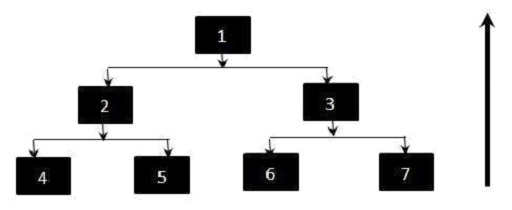
 Data Structure
Data Structure Networking
Networking RDBMS
RDBMS Operating System
Operating System Java
Java MS Excel
MS Excel iOS
iOS HTML
HTML CSS
CSS Android
Android Python
Python C Programming
C Programming C++
C++ C#
C# MongoDB
MongoDB MySQL
MySQL Javascript
Javascript PHP
PHP
- Selected Reading
- UPSC IAS Exams Notes
- Developer's Best Practices
- Questions and Answers
- Effective Resume Writing
- HR Interview Questions
- Computer Glossary
- Who is Who
Difference Between Top-down and bottom-up Integration Testing
In this post, we will understand the difference between top-down integration testing and bottom-up integration testing −
Top-down Integration Testing
It is also known as incremental integration testing.
The higher level modules are first tested after which the lower level modules are tested.
Once it is done, they are integrated.
The higher level modules are the main modules and the lower level modules are the submodules.
It uses stubs to simulate the sub-modules.
If the sub-module hasn’t been fully developed, the stub acts like a replacement to it.
It is useful in cases where significant defect occurs at the top of the program.
The main module is designed first and then the submodules or subroutines are called from it.
It is implemented on structure or procedure-oriented programming languages.
It is a simple testing technique.
It works on big to small components.
Stub modules need to be produced.
Here’s the flow diagram for stub −

Bottom-up Integration Testing
The lower level modules are tested first after which the higher level modules are tested.
The lower level modules are the sub-modules and higher level modules are the main modules.
It uses test drivers to initiate and pass the required data to the sub-modules.
The test drivers are used to simulate the main module.
If the main module hasn’t been developed yet, the driver works as a replacement to it.
It is useful in cases where the crucial flaws are identified at the bottom of the program.
It is generally implemented on object-oriented programming languages.
It is highly complex and data intensive.
It works on small to big components.
The driver modules need to be produced.
Here’s the flow diagram −


